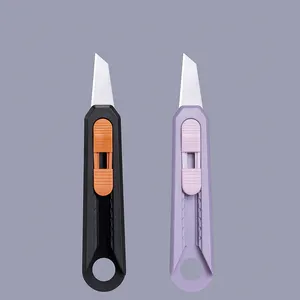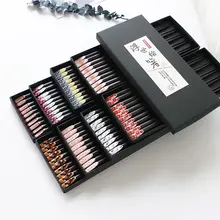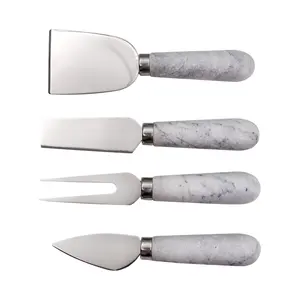Filleting Knife Ceramic: An Essential Tool for Culinary Precision
Ceramic filleting knives are a specialized category of kitchen cutlery designed for the precise task of filleting. These knives stand out for their exceptional sharpness and lightweight construction, making them a favorite among culinary professionals and enthusiasts alike. With a focus on the filleting knife ceramic, this introduction delves into the various aspects of these knives, from their design to their practical applications in the kitchen.
Design and Material Advantages
The design of a ceramic fishing knife is tailored to provide an effortless filleting experience. Ceramic, known for its hardness and edge retention, allows these knives to maintain sharpness over extended periods, reducing the need for frequent sharpening. Unlike traditional steel knives, ceramic blades do not react with acidic foods, ensuring that the flavors of your cuisine remain unaltered. The non-corrosive nature of ceramic also means these knives resist rust and stains, contributing to their longevity and ease of maintenance.
Types and Features
Within the realm of ceramic knives, there are variations to consider. The rapala ceramic bait knife is a popular choice for anglers, designed specifically for preparing bait with precision. On the other hand, a ceramic bait knife is a versatile option for both bait preparation and intricate filleting tasks. These knives often feature ergonomic handles that provide a secure grip, reducing hand fatigue during repetitive use. The blades are typically thin and flexible, allowing for a smooth glide through fish and meat.
Applications and Versatility
The primary use of a filleting knife ceramic is to separate the flesh from the bones of fish or meat with high precision. The sharp, pointed tip is ideal for making incisions, while the flexible blade conforms to the contours of the bones. This precision tool is not limited to filleting alone; it can also be employed for skinning, deboning, and trimming tasks. The versatility of these knives makes them a valuable addition to any kitchen, catering to a range of culinary requirements.
Choosing the Right Ceramic Filleting Knife
Selecting the right filleting knife ceramic involves considering the size and type of fish or meat you typically work with. A longer blade is suitable for larger species, providing the reach needed to fillet in a single stroke. Conversely, a shorter blade offers more control for filleting smaller fish. The handle design is another critical factor, as it should fit comfortably in your hand to ensure safety and control during the filleting process.
Care and Maintenance
Caring for a ceramic filleting knife requires some attention to preserve its integrity. Although ceramic is durable, it is also brittle and can chip if dropped or used on hard surfaces. Hand washing is recommended to prevent damage, and storage in a knife block or sheath can protect the blade from chipping. With proper care, a ceramic filleting knife can be a long-lasting tool in your culinary arsenal.









































 浙公网安备 33010002000092号
浙公网安备 33010002000092号 浙B2-20120091-4
浙B2-20120091-4